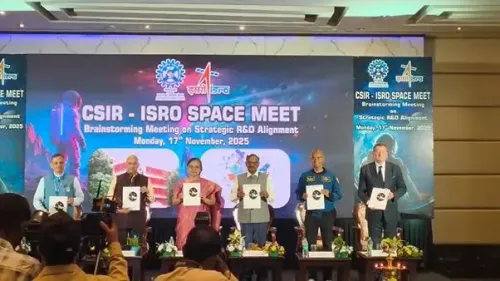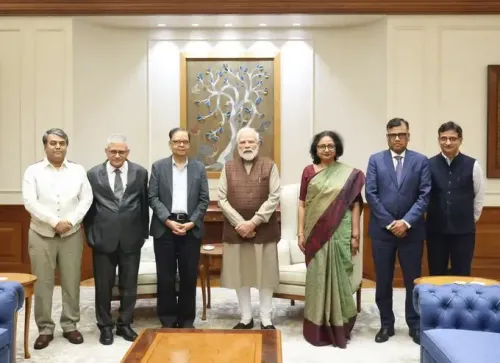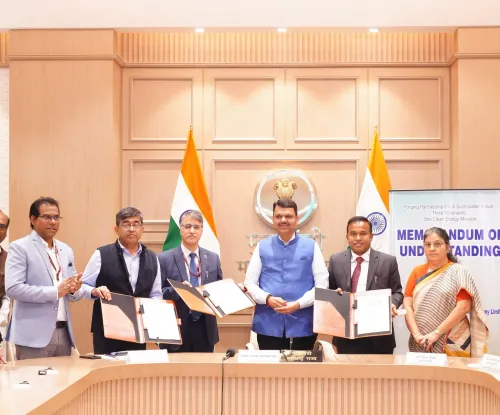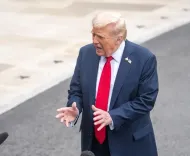Is India on a Strong Growth Path as the Largest Economic Centre?
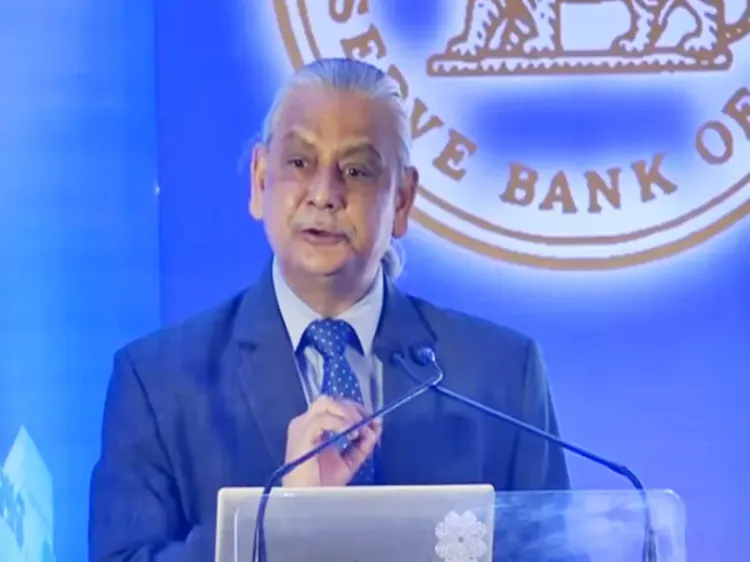
Synopsis
Key Takeaways
- Macroeconomic stability is essential for growth.
- India's economy benefits from self-financing.
- Low inflation and manageable debt levels are key positives.
- India is on track for an 8% GDP growth.
- Ongoing trade negotiations will help mitigate global challenges.
New Delhi, Oct 3 (NationPress) India is on a robust trajectory for economic advancement, supported by macroeconomic stability, self-reliance, and a solid financial system, according to Michael Debabrata Patra, the former Deputy Governor of the Reserve Bank of India, who spoke on Friday.
In an interview with IANS at the fourth Kautilya Economic Conclave, Patra emphasized that India is strategically positioned to maintain high growth rates despite global uncertainties.
He pointed out that India's economy benefits from low inflation, a slim current account deficit, manageable debt levels, and substantial foreign exchange reserves.
“These indicators reflect macroeconomic stability, and there is a distinct commitment from the authorities to uphold it. This stability forms the bedrock for accelerated growth and shields India from global disruptions like tariffs,” he noted to IANS.
Patra expressed optimism that India is on a path toward an 8 percent plus GDP growth trajectory, a trend that has been evident over the past five years since 2021.
“The first quarter has already shown a 7.8 percent growth, which typically reflects a seasonal decline. The remaining months are expected to exhibit stronger performance,” Patra added.
He mentioned that India's status as a largely self-financed economy, with most investments coming from domestic savings, along with a robust financial sector with nearly zero net non-performing assets, are key strengths fostering sustained growth.
Patra also highlighted India’s external stability, referring to a thin current account and substantial forex reserves, which rank as the fourth largest globally.
He indicated that these elements, coupled with ongoing trade negotiations and export-driven policies, will enable India to navigate global challenges like tariffs.
“GST reforms and export initiatives are already lowering input costs for exporters. Discussions with the US could further alleviate tariff pressures, especially considering India’s current trade surplus with them,” he elaborated.
Regarding India’s role in a shifting global landscape, Patra noted that the nation has consistently adopted a non-aligned approach.
“India might emerge as a pivotal player in a multipolar world, with the global south already viewing it as a leader. Importantly, this is being done in a highly measured manner,” he concluded.

